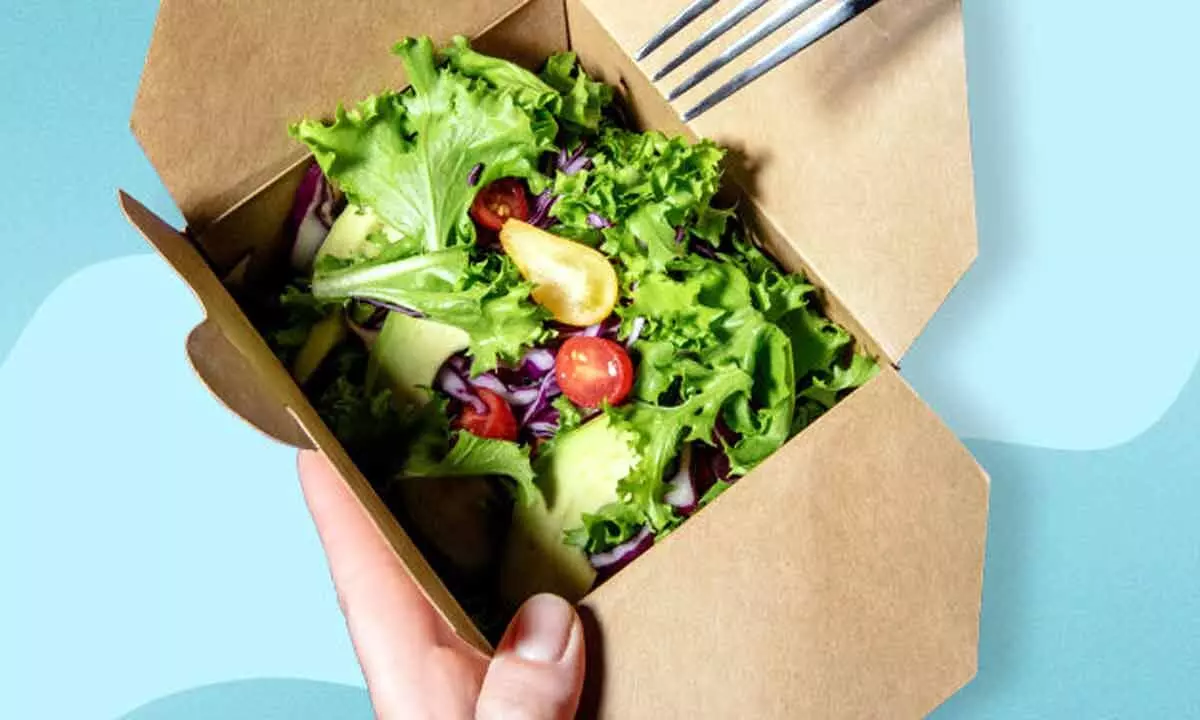Transforming food by-products into useful raw materials
There is possibly nothing new in propagating industry-academia collaboration. Such collaborations are also needs of the hour if one is serious about promoting circular economy through establishing innovative value chain.
image for illustrative purpose

There is possibly nothing new in propagating industry-academia collaboration. Such collaborations are also needs of the hour if one is serious about promoting circular economy through establishing innovative value chain. Recently, agro-food industries have been discovering new alternatives to incorporate the concept of a circular economy. By-products derived from the food industry are often inexpensive, abundant and easy to handle sources of bio-active compounds, including phenolic compounds, fatty acids, amino acids, proteins, prebiotics, minerals, vitamins, pigments, and other phytochemicals, which can be used in the food, cosmetic, and pharmaceutical industries.
The food industry, on its parts, produces more than one billion tonnes of waste per year, and the largest part is secondary products generated after mechanic procedures of cleaning, peeling, and pressing of fruits, vegetables, and berries. Recycling of agro-food wastes is the focus of scientists who are interested in eco-friendly technologies for waste processing, which is an important problem of modern day life.
Mind you that, large amount of agro-industrial waste are being generated each year, leading to pollution and economic loss. At the same time, these side streams are rich source of active compounds including antioxidants. Recovered compounds can be re-utilized as food additives, functional foods, nutra-/pharmaceuticals, cosmeceuticals, beauty products and so on. Therefore, recovery of natural antioxidants from agro-industrial side streams through advanced extraction techniques is highly possible.
How industry and academia are moving towards this direction and goal? Now here is a case in point. The Indian Institute of Technology-Varanasi, Stockholm University of Sweden, Lignflow Technologies AB and Lixea Compute have teamed up with the New Delhi-based Vikas Lifecare Ltd to share the research inputs and work on developing various viable materials like cellulose, lignin and silica from rice husk. The whole idea of this agro-circle project is to establish innovative value chain concepts for production of circular materials from agro-industrial side-streams. The project aims at developing techniques to produce new bio-based materials from the natural polymers extracted from these farm waste materials and establishing the production process for cellulose from agricultural rice residue using Lixea's Dendritic Process. It will also seek to patronize the production of lignin and the Indian company will act as instrumental in developing a technology to produce nano silica from rice husk.
Stockholm University & Indian Institute of Technology (BHU)-Varanasi, on their parts, will contribute via characterization of lignocellulose fractions. In addition, IIT-Varanasi, Stockholm University and Bio-Nano will design new bio-based functionalized cellulosic fibres. At the end of the day, the basic objective of this collaboration is to develop a circular economy is to achieve sustainability through production, recovery, reuse and sending back the product to its original form at the end of life, resulting in zero or negligible waste.
Mind you that, the human population will exceed 9 billion in about 20 years, and the Indian population alone is 1.4 billion today. At the same time, climate change continues to cause serious threats to the communities around the world leading the human race into an urgent need for expanding agricultural production. There will be an increasing generation of agricultural by-products such as rice straw and husks, which are renewable, abundantly available and sustainable.

